Bilingual Marine Biology Workshops for Adults – La Paz, Mexico – Series September 2023
Category : marine biology
Series: September 2023
Workshop 1: September 10 – Intro, Spanish for marine biology, Research designation, snorkel, underwater photography (Playa La Concha)
Price – $800 Pesos per student
Schedule:
09:00 – Arrival – sign liability release forms
09:15 – Welcome talk, ice-break, and aquatic safety
09:45 – introduction to marine biology
10:30 – Spanish class focusing on ocean related vocabulary
11:00 – Break
11:30 – Research assignment designation and preliminary research
12:00 – Snorkel and skin diving best practices and instruction. Basic underwater photography and species identification OR shore-based marine fauna collection, photography, and identification for non-swimmers
13:00 – Close
Workshop 2: September 22 – Coral gardening workshop (Pichilingue)
Price – $1,200 Pesos per student
Schedule:
09:00 – Briefing of activities
09:30 – A range of practical and dynamic activities about the biology of coral and their importance to our oceans and us.
11:00 – Break
11:30 – Coral gardening hands-on activities.
Includes the rental of mask, snorkel, fins, wetsuit, buoyancy aid.
13:00 – close
Workshop 3: September 23 – Data collection by kayak and analysis (Playa Saltito)
Price – $800 Pesos per student plus a food donation of non perishable items for impoverished families of La Paz
Schedule:
09:00 – Briefing of activities
09:30 – Sit-on kayak basic instruction and safety
10:00 – Marine plankton workshop and data collection by kayak (plankton trawling, water samples for basic analysis, visibility estimates
11:00 – Break
11:30 – Continue with data collection
12:30 – Microscopic analysis and identification of plankton found in the samples
13:00 – Close
Workshop 4: September 30 – Mangroves, mangrove inhabitants, and coastal birds (Conchalito mangroves – close to Fidepaz)
Price – $800 Pesos per student
Schedule:
09:00 – Briefing of activities
09:30 – An introduction to mangroves and their importance in ecology
10:00 – Locate and identify different mangrove species noting the zonation of the different species. Locate and identify marine critters.
11:00 – Break
11:30 – Coastal birds – a look at the most common birds found here and how their beak morphology directly relates to their method of feeding
12:00 – Locate and identify different coastal birds with the aid of binoculars and bird photography using a telephoto lens.
13:00 – Close
The students’ research presentations will be conducted at an agreed time and place after the workshop series. There is no charge for this final activity.
Full payment is required in advance so that we can confirm dates and activities with our team and our collaborators.
Click the following link to enroll https://docs.google.com/forms/d/e/1FAIpQLSfDlsATj-bi3AK5X2JKYwVf1JHZC-zceg5QQ1a6yeHzXAxHLg/viewform?usp=sf_link

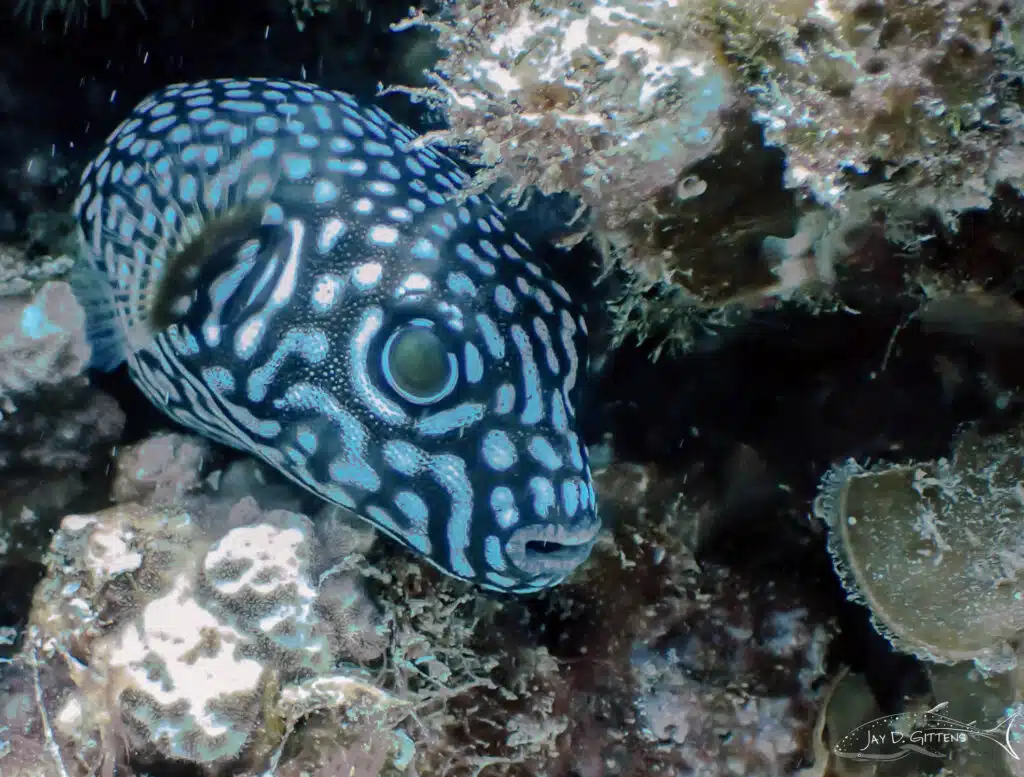
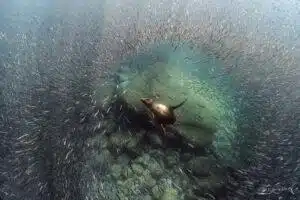

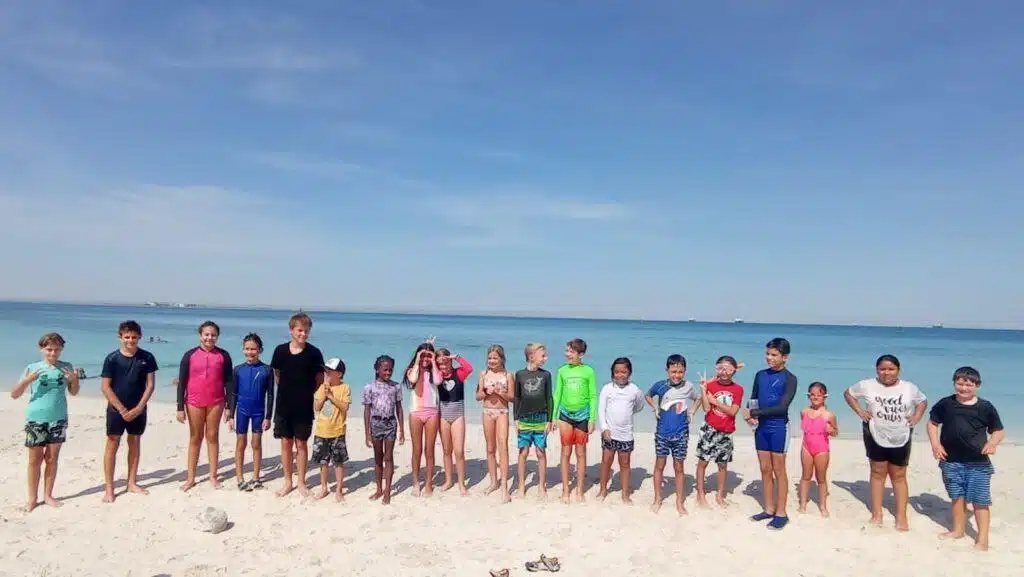

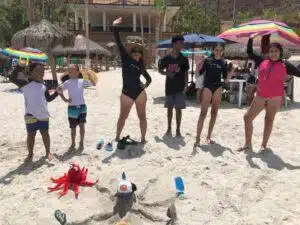
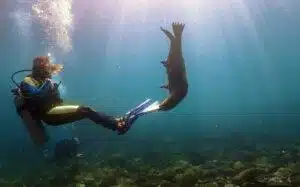
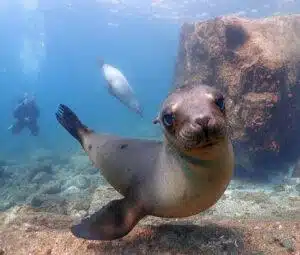

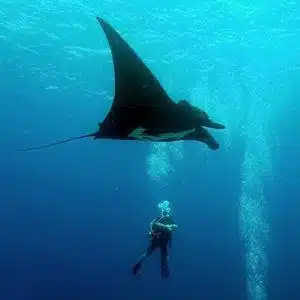 La Reina
La Reina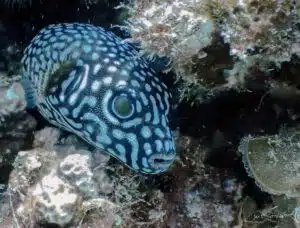 El Bajo
El Bajo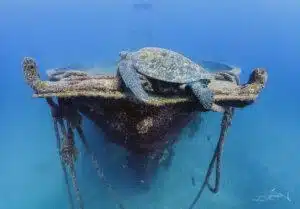 Fang Ming (shipwreck)
Fang Ming (shipwreck)